Rosemary, with its aromatic leaves and versatile uses, is a favorite among herb gardeners. This hardy, evergreen herb is not only a delight to the senses but also relatively easy to care for. Whether you’re a seasoned gardener or a novice looking to add a touch of greenery to your space, here’s a detailed guide on how to care for your rosemary plant.
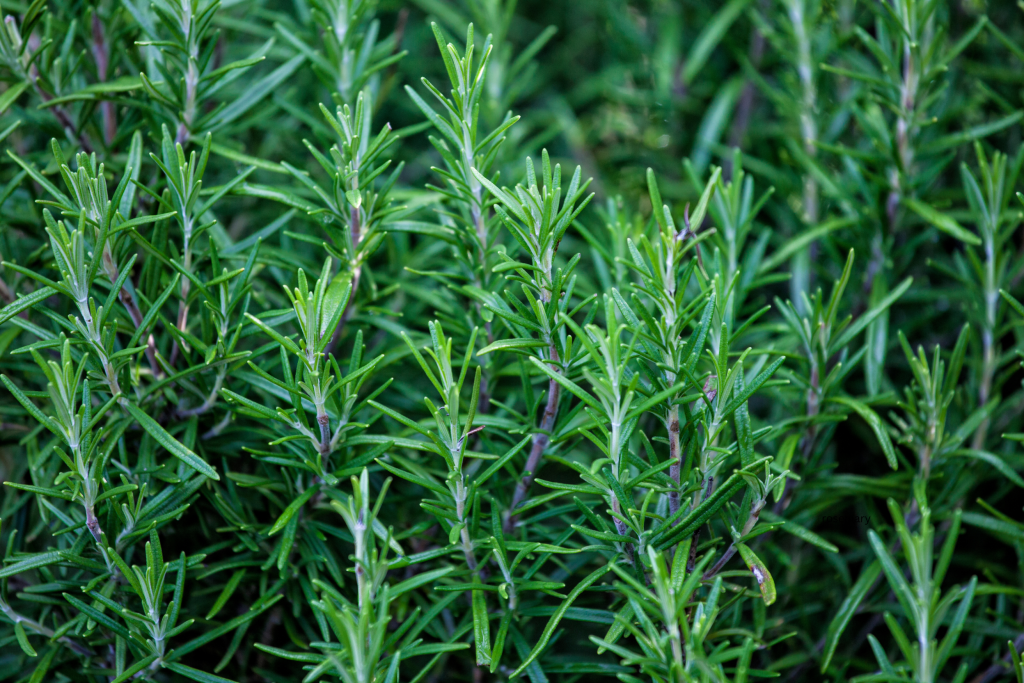
1. Understanding Rosemary’s Needs
Before diving into the specifics of care, it’s essential to understand rosemary’s basic requirements. Native to the Mediterranean, rosemary thrives in conditions that mimic its natural habitat: plenty of sunlight, well-draining soil, and moderate watering.
2. Planting Rosemary
Choosing the Right Spot: Rosemary needs a location that receives at least 6-8 hours of direct sunlight daily. A south-facing window or a sunny spot in your garden is ideal.
Soil Requirements: The soil should be well-draining and slightly alkaline. A sandy or loamy soil mix is perfect. If planting in a pot, ensure it has drainage holes to prevent waterlogging.
Planting Method: You can start rosemary from seeds, cuttings, or transplants. While seeds can take longer to germinate, cuttings or nursery plants establish more quickly. When planting, space the plants about 2-3 feet apart to allow good air circulation.
3. Watering Rosemary
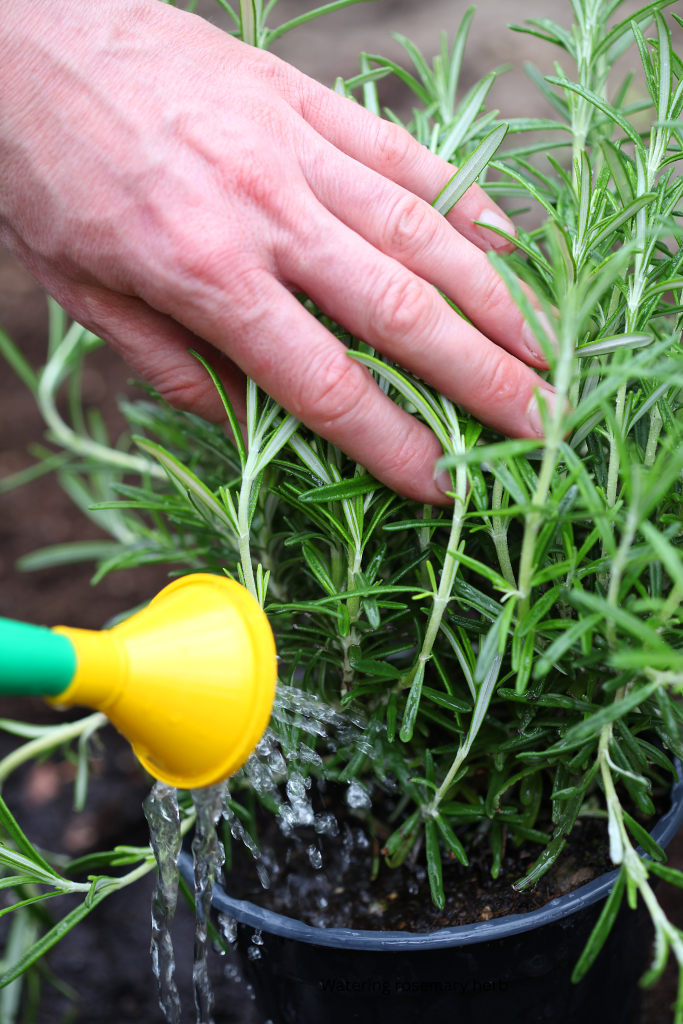
Rosemary prefers a “drying out” period between waterings. Water deeply but infrequently. Allow the top inch of soil to dry out before watering again. Overwatering can lead to root rot, so it’s better to underwater than overwater.
4. Pruning and Harvesting
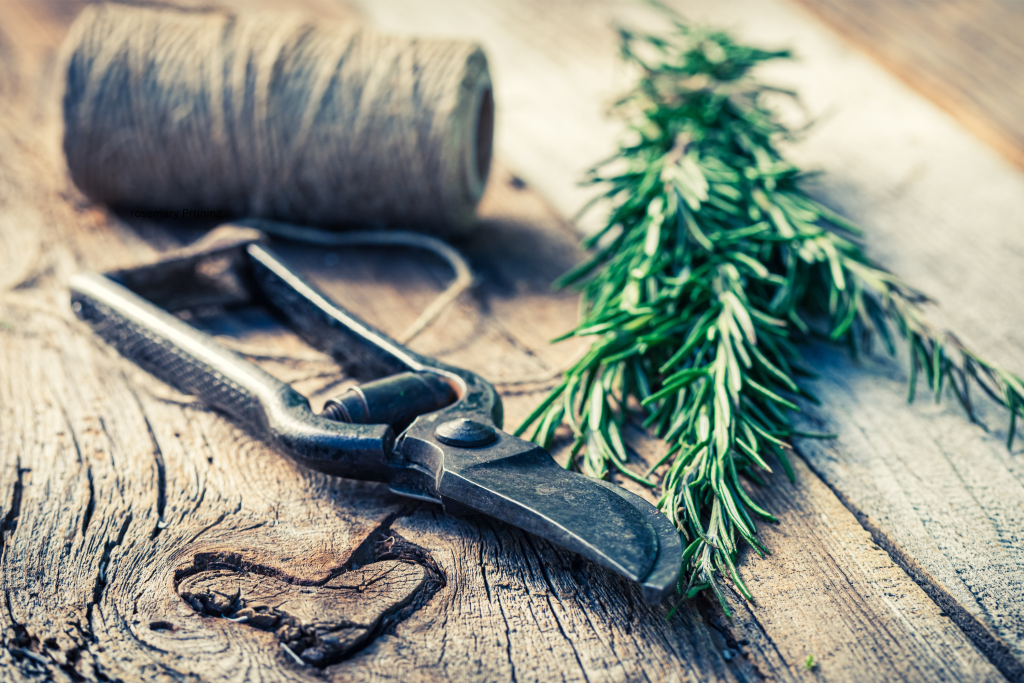
Pruning: Regular pruning helps keep the plant bushy and encourages new growth. Trim back about one-third of the plant in early spring. Remove any dead or woody stems to promote healthy growth.
Harvesting: You can harvest rosemary leaves as needed throughout the growing season. Cut stems just above a pair of leaves, and avoid cutting more than one-third of the plant at a time to prevent stress.
5. Fertilizing
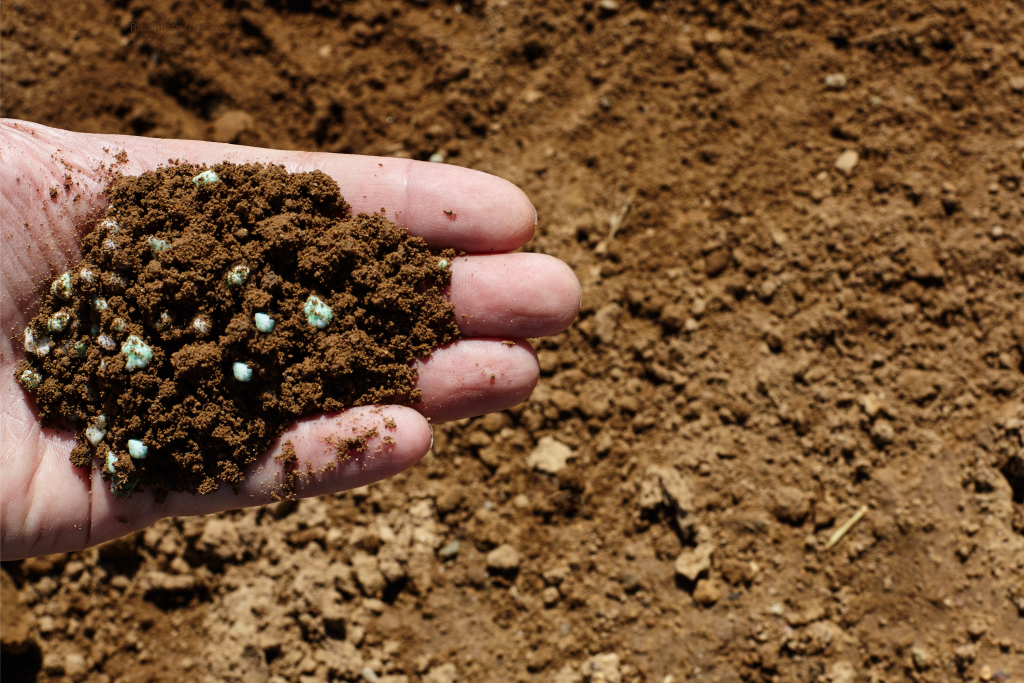
Rosemary is not a heavy feeder. A light feeding with a balanced, all-purpose fertilizer in the spring is usually sufficient. Avoid over-fertilizing, as this can lead to excessive foliage growth at the expense of essential oils in the leaves.
6. Pest and Disease Management
Rosemary is relatively pest-resistant but can occasionally be affected by aphids, spider mites, or powdery mildew. Keep an eye on your plants and use organic treatments like neem oil or insecticidal soap if needed. Good air circulation and avoiding overhead watering can help prevent fungal diseases.
7. Overwintering Rosemary
If you live in a region with cold winters, consider bringing your rosemary indoors or providing some protection. Rosemary can tolerate light frost but prolonged exposure to freezing temperatures can damage the plant.
Indoor Care: Place your indoor rosemary in a bright, sunny window. Reduce watering during the winter months, as the plant’s growth slows down.
Outdoor Care: If keeping your rosemary outdoors, mulch around the base to protect the roots and consider covering the plant during severe cold spells.
8. Propagating Rosemary
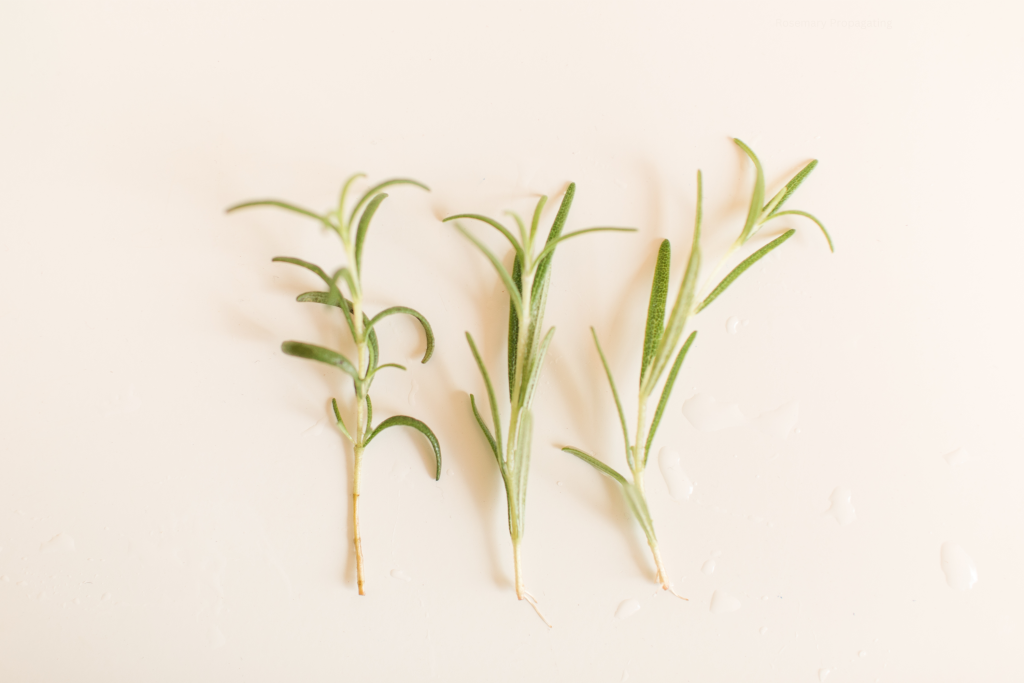
Rosemary is easy to propagate from cuttings. In late spring or early summer, take a 4-6 inch cutting from a healthy plant. Remove the lower leaves and dip the cut end in rooting hormone. Plant the cutting in a pot with well-draining soil and keep it moist until roots develop.
Conclusion
Caring for a rosemary plant can be a rewarding experience, offering fresh, fragrant herbs for your culinary and medicinal needs. By providing the right conditions and attentive care, you can enjoy a thriving rosemary plant year-round.



